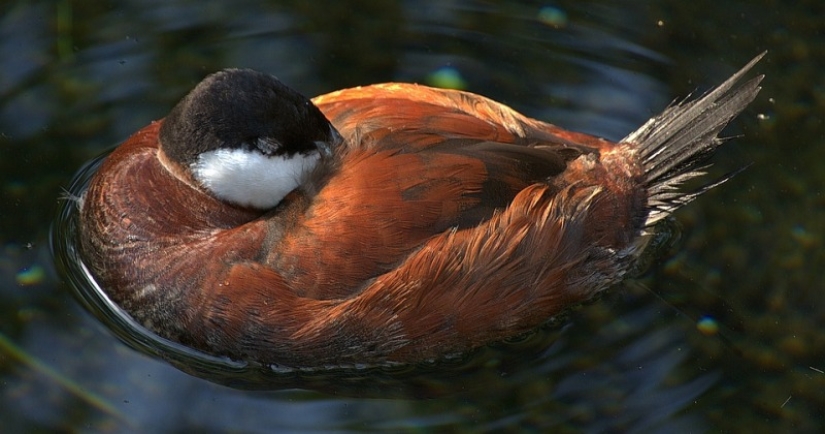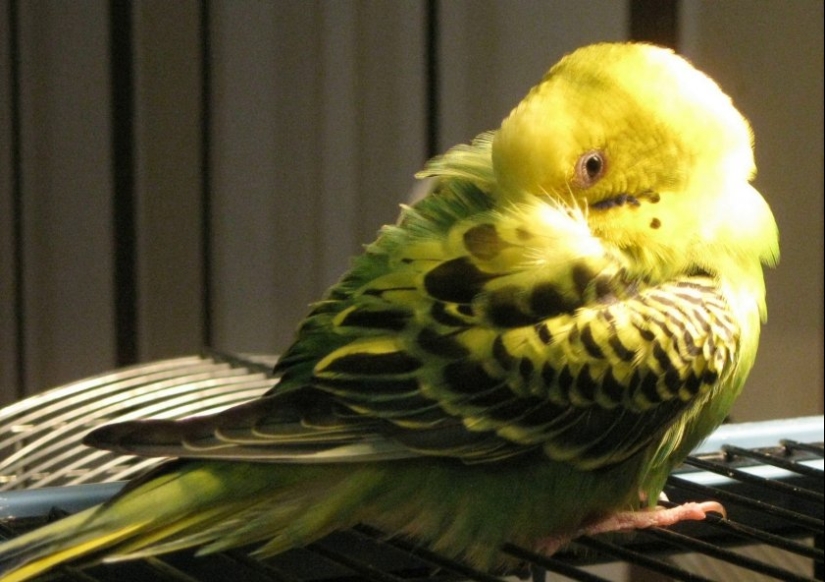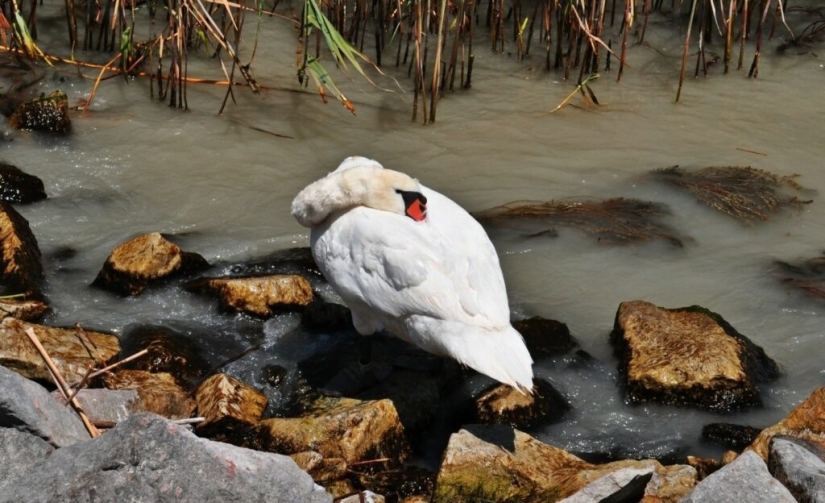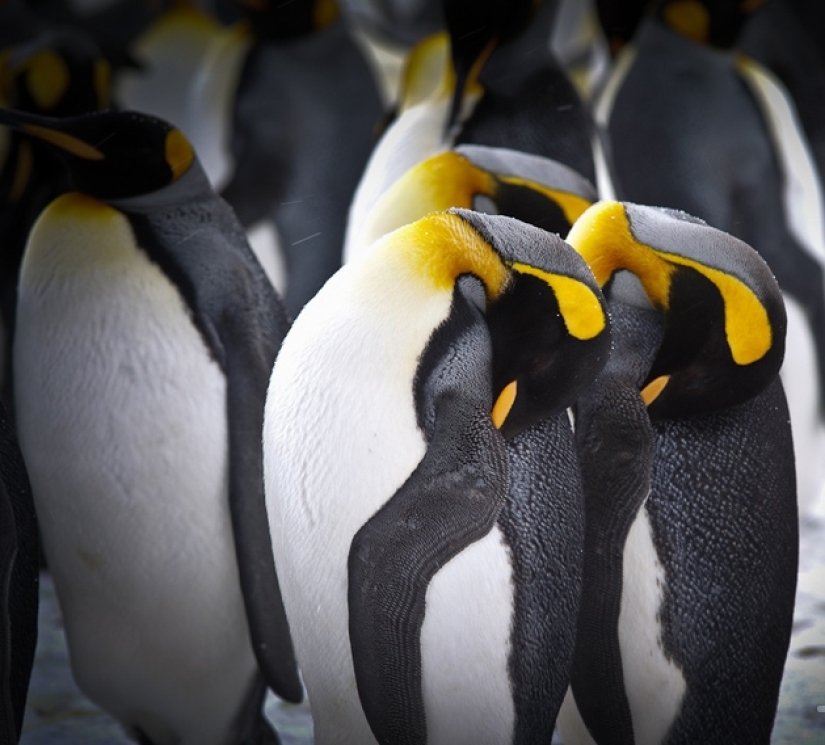Why do birds hide their beaks under their wings
Categories: Animals
By Pictolic https://pictolic.com/article/why-do-birds-hide-their-beaks-under-their-wings.htmlAll birds, from hummingbirds to penguins, hide their beak, or even their entire head under the wing. This is a typical pose for sleeping or just resting birds on all continents of the planet. Why do birds do this and can stay in this position for hours, which is not too convenient from a human point of view?

Birds are covered with feathers not only to fly, but also for effective thermoregulation. Thanks to the feathers, an air layer is created between the body and the environment. In the cold, this layer does not allow the bird to freeze, and in the heat it helps not to overheat. So the feather cover acts like a thermos. But the beak is devoid of feathers and it is through it that the greatest heat losses occur. Scientists noticed this by using a thermal imager — on its screen, the beak of any bird is red.

What could be easier for evolution — to cover the bird with feathers completely to protect it everywhere. But not everything is so simple. Feathers on the beak would be very inappropriate when foraging, building a nest and caring for chicks. Some birds do not have feathers on their heads at all — this is convenient for them. Remember at least the vultures. These birds stick their heads inside the corpses when they feed and feathers would be a serious hindrance to them.

But nature still found an elegant way out. Where physiology is unable to cope, behavior helps. By hiding their heads under their wings, birds protect themselves from heat loss through their beak. This discovery was made relatively recently, in 2017. Ecologists from the Australian Deakin University observed 9 species of waders in the wild for 6 months. They noticed that the lower the air temperature, the more time the birds keep their beak under the wing. On this occasion, a scientific article was even written, published on the pages of the journal Functional Ecology.

The researchers found that the beak can both cool down and overheat. And they also learned that it is not easy for birds to warm this part of the body. With the help of thermal imagers, scientists have determined that when the feather cover has already warmed up under the rays of the morning sun, the beak still remains cold. This causes birds to warm it under the wing, even when the ambient temperature is high enough.
Recent articles

Most of us loved as kids magic tricks, but someone loves them right now. However, the attitude to the hoax became a few others ...

Everything is changing. This is well and has long been known to everyone. But when something stays with you for a long time, it is ...

Compared to the 1970-ies 1980‑e years were a time of cautious optimism in new York. Boom on wall street fueled the speculative ...